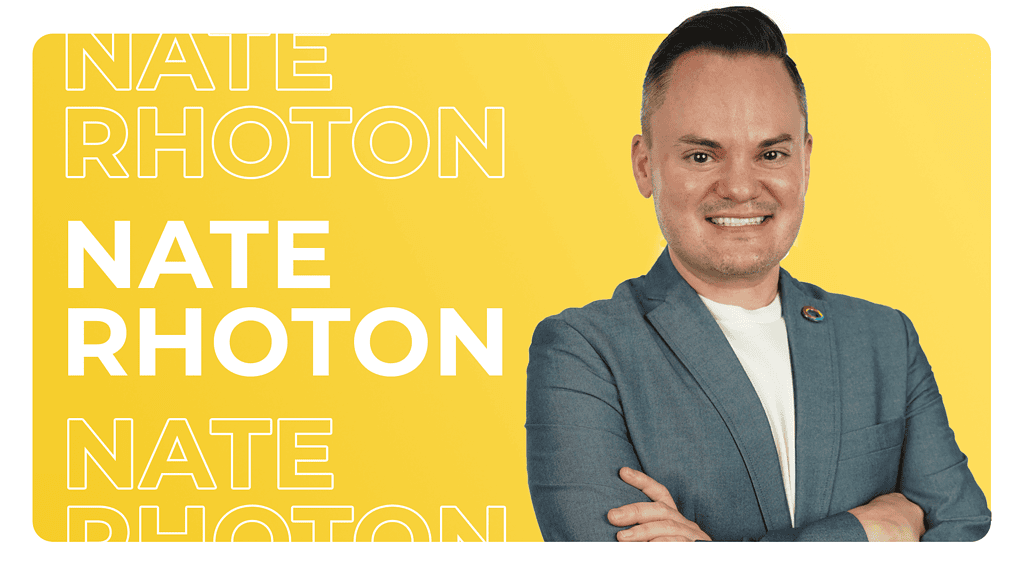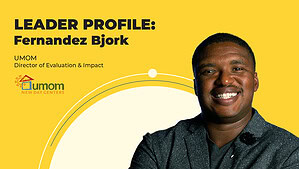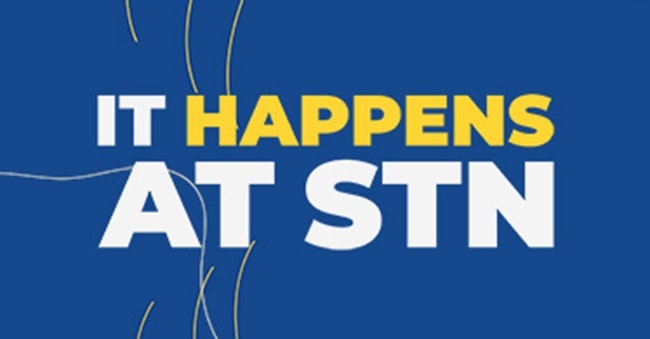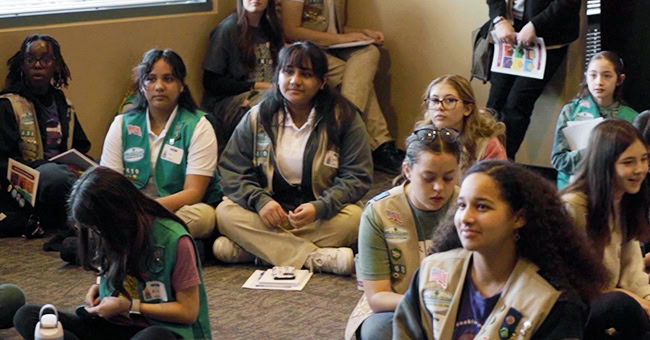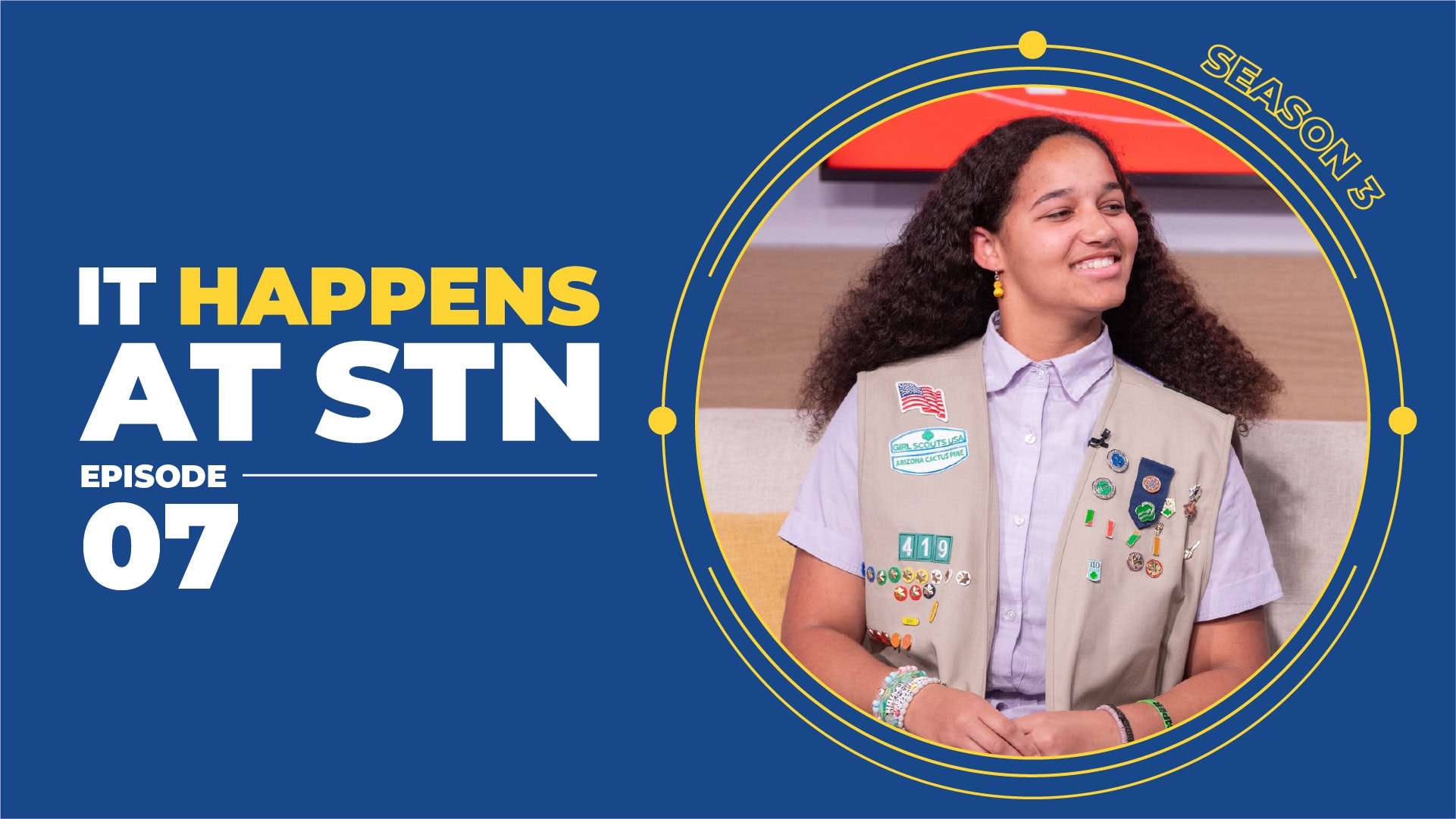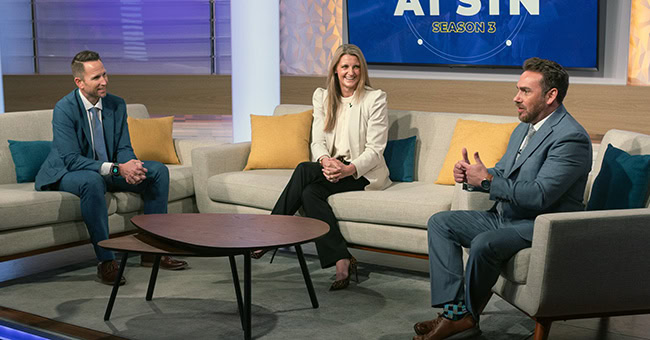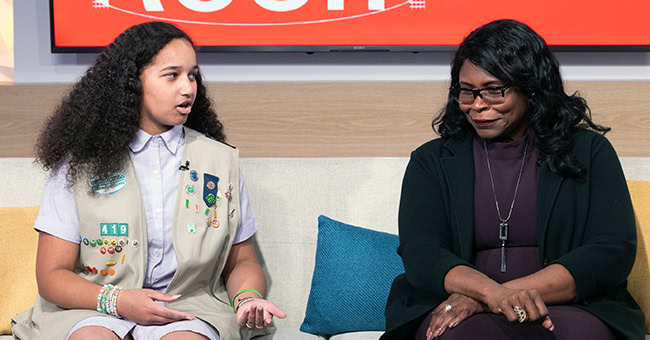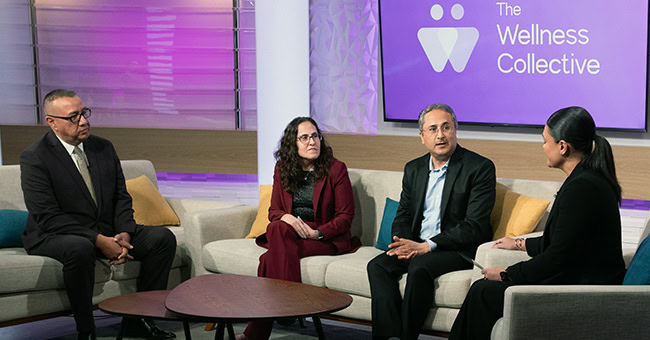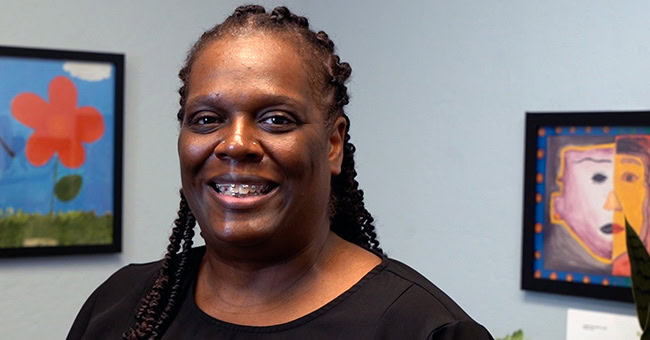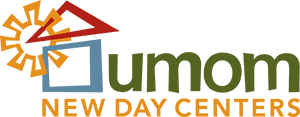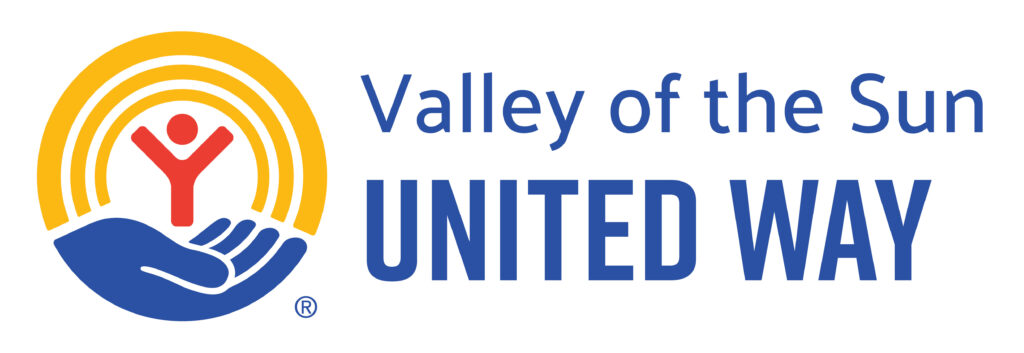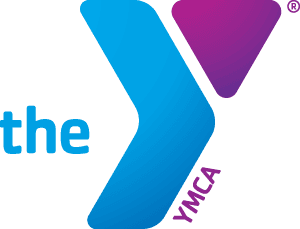Phoenix, AZ (STN) – Over the last seven years Nate Rhoton and his team at one.n.ten have grown the nonprofit from a $1 million organization into a $5 million organization. one.in.ten serves LGBTQI+ youth at 19 campuses across Arizona, and has recently expanded to a location in Steamboat Springs, Colorado.
Before his time at one.in.ten., Rhoton worked as a CFO for a Fortune 100 company. He has seen the similarities and differences in running both types of businesses. However, Rhoton said it is clear that nonprofits are not “allowed” to operate like their counterparts in the for-profit sector.
Rhoton believes the only way to change that stigma is to get out in the community and advocate for your cause. His plan is working.
In March one.n.ten held their Fresh Brunch fundraiser and raised over $1 million in unrestricted funds to continue their work supporting LGBTQI+ youth and their families.
.STN:
What have you learned about yourself as a leader over the past seven years that you have been leading one.n.ten?
Nate Rhoton:
One thing that resonates with me is leading nonprofits is no different than leading any business or organization. For those of us who worked in a Fortune 100 setting at the beginning of our career, there are so many things you can apply in the nonprofit space. Often, people in the community and elsewhere think it is a very different model but they all have similarities in the way they are run and I think there is a lot to gain when you apply those similarities to nonprofit work.
If you apply a principle like return on investment (ROI) for example. We are not driving profitability per se. However, if we are investing the donated dollar from the community in the best way possible, we are maximizing our return, meaning we are serving more constituents, or in our case LGBTQ youth. I think about all of the different business principles that are used or should be in the nonprofit space, yet at times people lose sight of the fact that we are running a business as well.
STN:
Your team has grown one.n.ten from a $ 1 million company to a $5 million company over the last seven years since you took over as CEO. You touched on the different rule books for nonprofits and for-profit businesses, you have seen it from both sides when you worked as a CFO in the for-profit space. Are you limited in what you can do whether it is to offer competitive salaries or have a large marketing budget in the nonprofit space compared to when you worked in the for-profit sector?
NR:
One of the biggest pieces for me when I first entered this space was recognizing that we don’t have a multimillion-dollar marketing budget, it does not exist. I would speculate almost every nonprofit, particularly those under the $10 to $20 million a year budget are not going to have a large marketing budget in their plans. How are you getting the word out about your products or services? You do it by getting in front of the community and talking about the magic happening within your organization. Use the community to help spread the word about the work you are doing. Fundraising events are critical because you are raising unrestricted funds that allow you to deliver programs and services to the people you serve. Another thing you accomplish at fundraising events is you are touching the hearts and minds of every person in the audience for the event. Someone might be at your fundraiser because their company sponsored part of the event. They might not know anything about one.n.ten, but after coming to the fundraiser they realize they have family members who could benefit from programs we provide. Every person you engage can be your brand ambassador and part of your marketing plan. I think that was one of the biggest things I have learned on this journey.
Also, from a financial perspective, we don’t make widgets. If you think back to the days of economics in college. I can not predict the demand for our services and the revenue we will get. We are not able to say in the second quarter of this year, we are going to launch a big marketing campaign that will raise the demand for our product.
We know the demand for LGBTQ programs, particularly for young people is at an all-time high. We know we need to meet the demand. Even though we have grown so much we are far from reaching our goals. What I focus on is all of the young people across our state and outside of Arizona who are looking for services like one.n.ten but because of geography or transportation or whatever obstacles they may be facing, are not able to access our services. We continue innovating and fundraising to look at how we can scale our programs to reach all the young people looking for the programs and services we provide at one.n.ten.
Sometimes all of those factors create a lot of frustration for me. At the end of the day, I focus on all the things we are not doing. But you have to take a step back and give yourself some grace. There are a lot of great things we are doing. It is important to recognize moments like our annual Fresh Brunch event. Take the time to congratulate your team, your board of directors, and the incredible community supporting us for 31 years. It is phenomenal. It is easy to fall into the trap of thinking about all the things you are not doing. I try to remind myself most people don’t know things you are not doing. They are only aware of the things you are doing. So leave it at that, be grateful, and slowly chip away at the things you know still need to be done.
STN:
How does company culture play a role in helping your team achieve your mission and grow your organization?
NR:
Our company culture is something that keeps me up at night. Unfortunately, the LGBTQ community is at the epicenter of political debates all the time, at the same time, our youth are so much more aware of it today than they used to be. Things like social media can be a good thing, but they can also be very negative. When you read comments about anything LGBTQ there is so much hateful rhetoric out there. I try not to read any of the comments because focusing on them can undermine who we are as a team. It becomes almost impossible to build a positive culture and workplace environment. It is something I am always worried about.
This past August we opened our middle school. 47 news outlets covered the opening. Normally you would be grateful for the coverage. It was local, national, and international. Yet many media outlets were covering it from a very hard-line, anti-LGBTQ standpoint. We had a rock thrown through the front glass of our youth center. We had multiple threats that I won’t go into the significance of, but Homeland Security and the FBI worked with us to ensure the threats were not credible. If we receive any credible threats they investigate them to the fullest extent of the law.
What makes me concerned is the impact the threats have on our staff. The people doing this work every day in our youth center, in our 19 satellite sites across the state, and now in Steamboat Springs, Colorado. The impact of the threats can be heavy. I don’t think we have it right. I think we are doing a lot of things well, but I am learning we have to find additional ways to support our team. Whether that means further financial investment in our employee assistance program which to the credit of our director of HR, has built our HR program into something impressive. However, we still hear from staff that they feel a lot of anxiety about the work they are doing. It is very similar to the young people we serve. How do we manage our employees’ fears with limited resources while ensuring people feel safe delivering our programs? Which at the end of the day are meant to create a safe space for LGBTQ youth and young adults.
STN:
What do you do to get away from all the stress and anxiety you face daily so that you can come in on Monday morning ready to be there for your team?
NR:
Vacation time. I do it every year. I always take at least two weeks and try to go somewhere. I was fortunate to be able to go to South Africa in November. I try to go as far away as possible and hope they don’t have wifi, but it is everywhere now. I still check in occasionally and try to stay on top of things to a degree, but you also have to trust your team has everything under control and you don’t have to be there every single day so you can allow yourself the time to have a break. I know that’s easier said than done but it is so important to unplug.
Recently, I have started to live by my calendar. I’m ruled by it. I get up in the morning, I look at my calendar, it dictates how I’m dressing that day, and what my mood is in some cases. I try to take it from a standpoint of gratitude, for instance, doing this interview today, does everyone get this opportunity? No.
I look at it from a leadership perspective and realize I am fortunate today because I get to share information about a subject I love and I am grateful for the experience. I used to do a gratitude journal and this is an extension of that. Now, it’s a little more real-time. I do an inventory when I’m driving home at the end of the day. I think back on my day, what am I most grateful for that day? I am often surprised by the little thing that pops and that is when I realize what my ‘why’ was for that particular day.
STN:
You mentioned your Fresh Brunch event where you all raised over $1 million but it is a double-edged sword because while you raised a bunch of money there is still work that needs to be done. What are your organization’s needs outside of fundraising?
NR:
One of our big needs at one.n.ten goes back to marketing, spreading the word about our programs and services. Everything we do at one.n.ten is free of charge to the youth we serve. We do have some revenue-generating opportunities like our training program where we can go into companies, government entities, and nonprofits, and train them on how to better serve the LGBTQ community. I believe in our training program and the trainers we deploy into organizations. I get incredible feedback from organizations that choose to utilize our service. The training program provides revenue that we roll back into our programs so we can be part of the solution that will help our entire community better serve our LGBTQ neighbors.
For more information on the programs and services one.n.ten provides visit their website.


